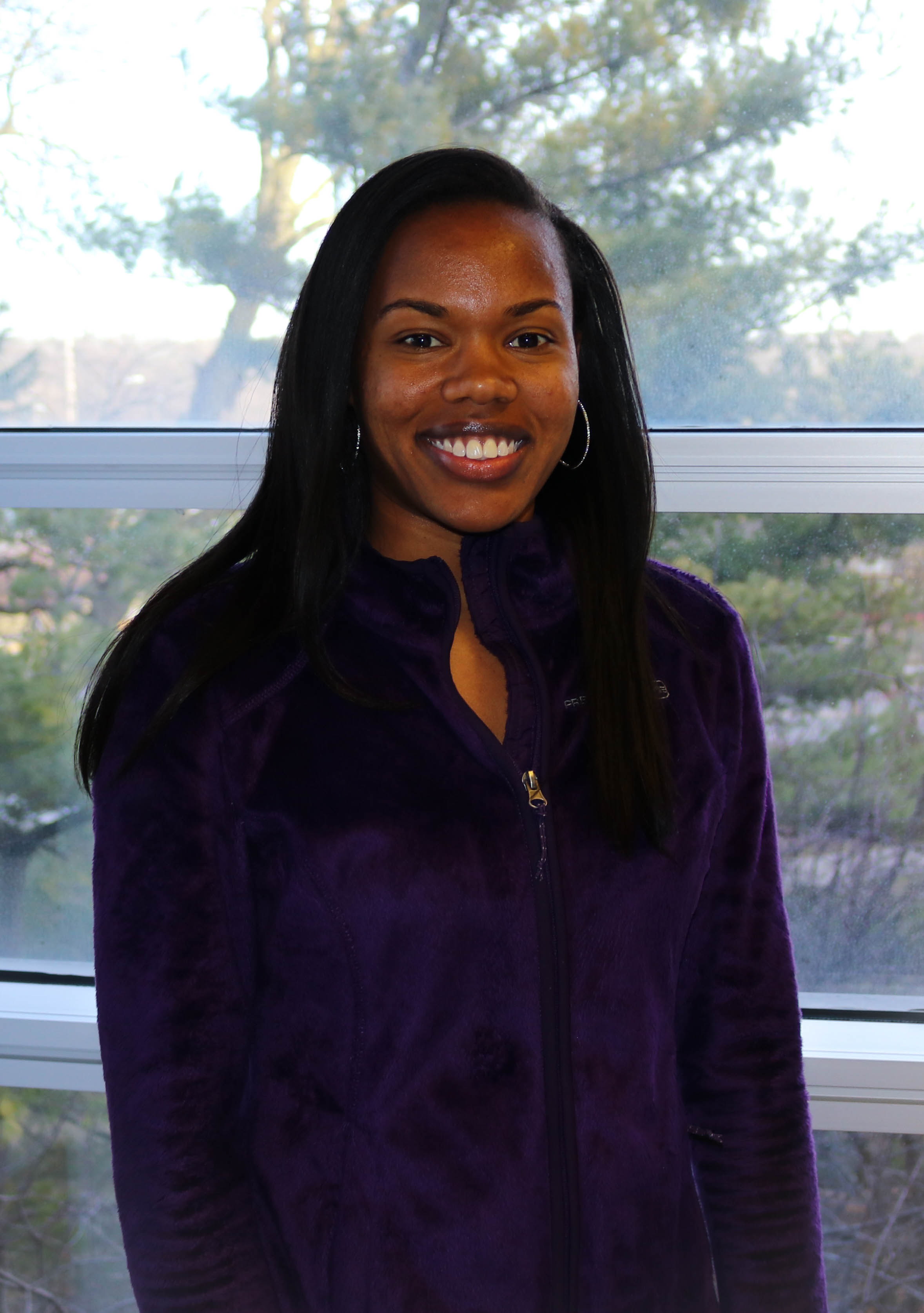Post submitted by Tianna Griffin, the Iowa Water Center’s Special Projects Assistant
A recent article by Behnke et al. (2018) evaluates the long-term effects of crop rotation and tillage practices on yield and greenhouse gas emission for corn (C), soybeans (S), and wheat (W). The rotations were CCC, CS, CSW, SSS, SC, WCS, with each rotation representing one year. Each rotation had a tilled (T) and no-till (NT) treatment. The study was conducted using a 15-year time span at the Northwestern Illinois Agricultural Research and Demonstration Center.
Behnke, et al’s research evaluated tillage practices and crop rotation on yield, greenhouse gas emission, and soil available Nitrogen (N). Behnke et al. hypothesized that crop rotations where less N fertilizer is used would result in lower greenhouse gas emissions, specifically nitrous oxide (N2O). They predicted that chisel tillage would cause an increase in N2O and CO2 (carbon dioxide) emissions caused by mineralization of decomposing residues (Behnke, et al 2018). From 2012-2015, greenhouse gas emissions were taken weekly during a period of four growing seasons. The data was grouped into three sets of sampling months: March-May, June-August, and September-November. Putting the data into groups allowed for analysis of seasonality on greenhouse gas emission. Soil samples were also taken from the 2013-2015 growing year to evaluate N concentrations.
A main finding of the study was that there wasn’t a significant difference on greenhouse gas emissions between continuous corn with tillage and continuous corn with no till. They found that there was a significant benefit of chisel tillage to corn and soybean yield in increasing organic matter and residue, but there was no increase of N2O and CO2 in the soil found in the study. Because corn typically benefits from high amounts of N, they observed that corn being part of a rotation was able to lower the amount of N2O in the soil. An important part of the research was that N2O emissions were higher at times of fertilizer application. During fertilizer application is when pollution (water and air) is more likely to occur. When fertilizer is applied in excess, plants don’t take up all of it; what is not taken up by the plant is volatilized (when a chemical converts to a liquid or gas) and/or runs off the field. Yields were higher with a diverse crop rotation, such as CS or CSW. Having a diverse cropping system also provides resiliency in yield during suboptimal weather conditions.
Agricultural practices are responsible for a lot of the pollution that occurs in the United States. According to Behnke et al. (2018), greenhouse gases emissions due to agricultural practices in the Unites States makes up 9% of the emitted greenhouse gases. Of that 9%, 81% is CO2, 11% is NH4 (methane), and 6% is N2O. Long-term research like this study can help evaluate ways to mitigate greenhouse gas emissions as well as determine the effects of some agricultural practices on greenhouse gas emissions as well as on improving yields. This research may lead to more long-term research on agricultural practices.
